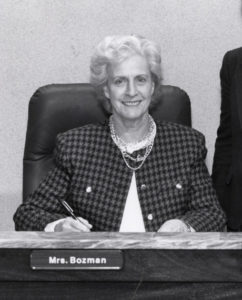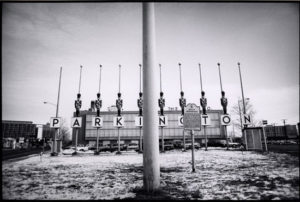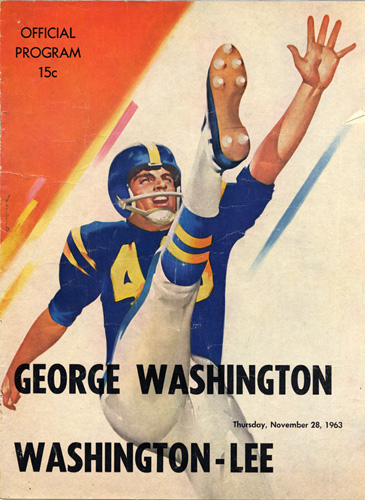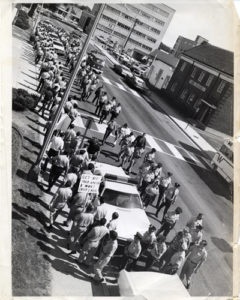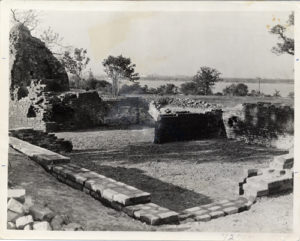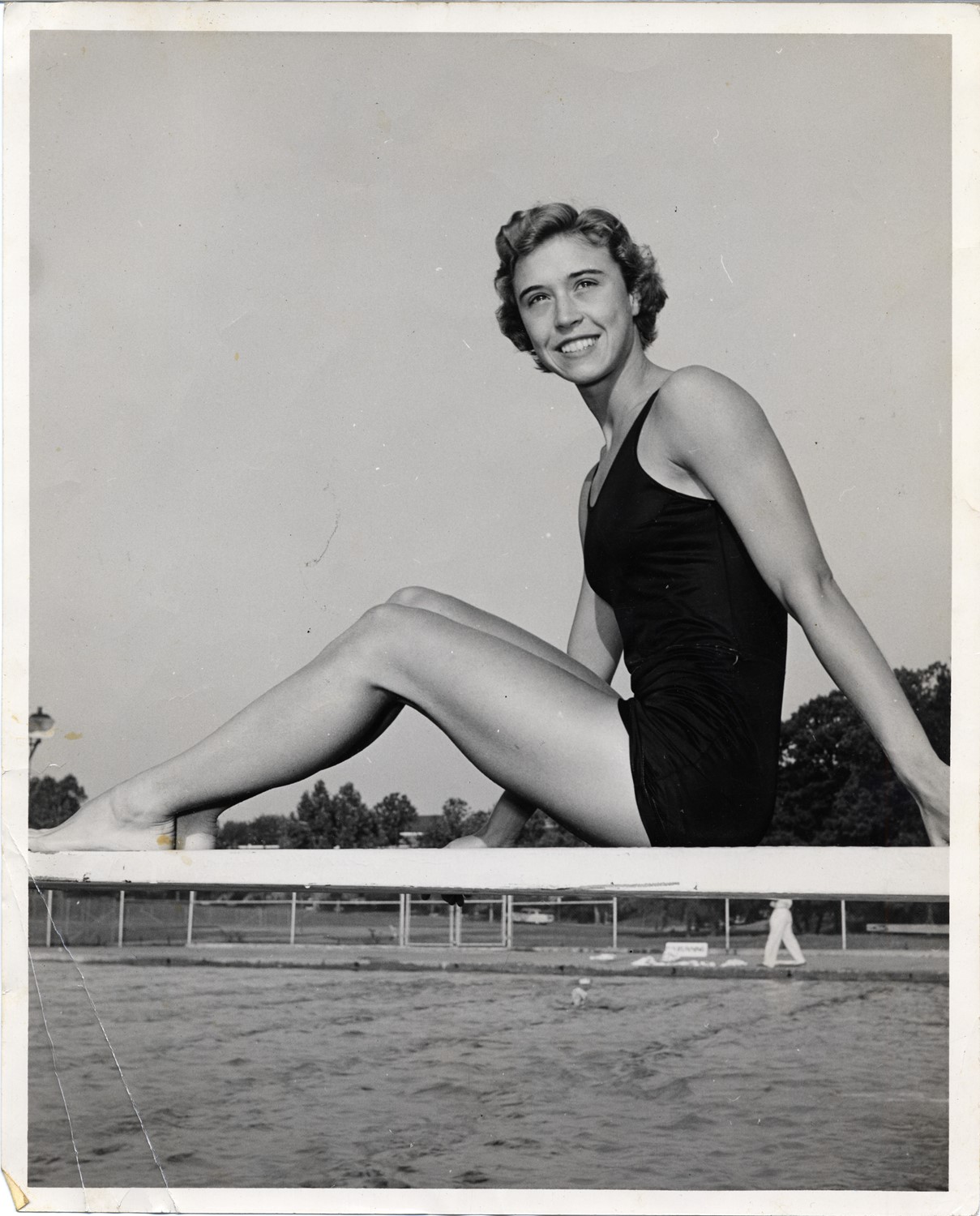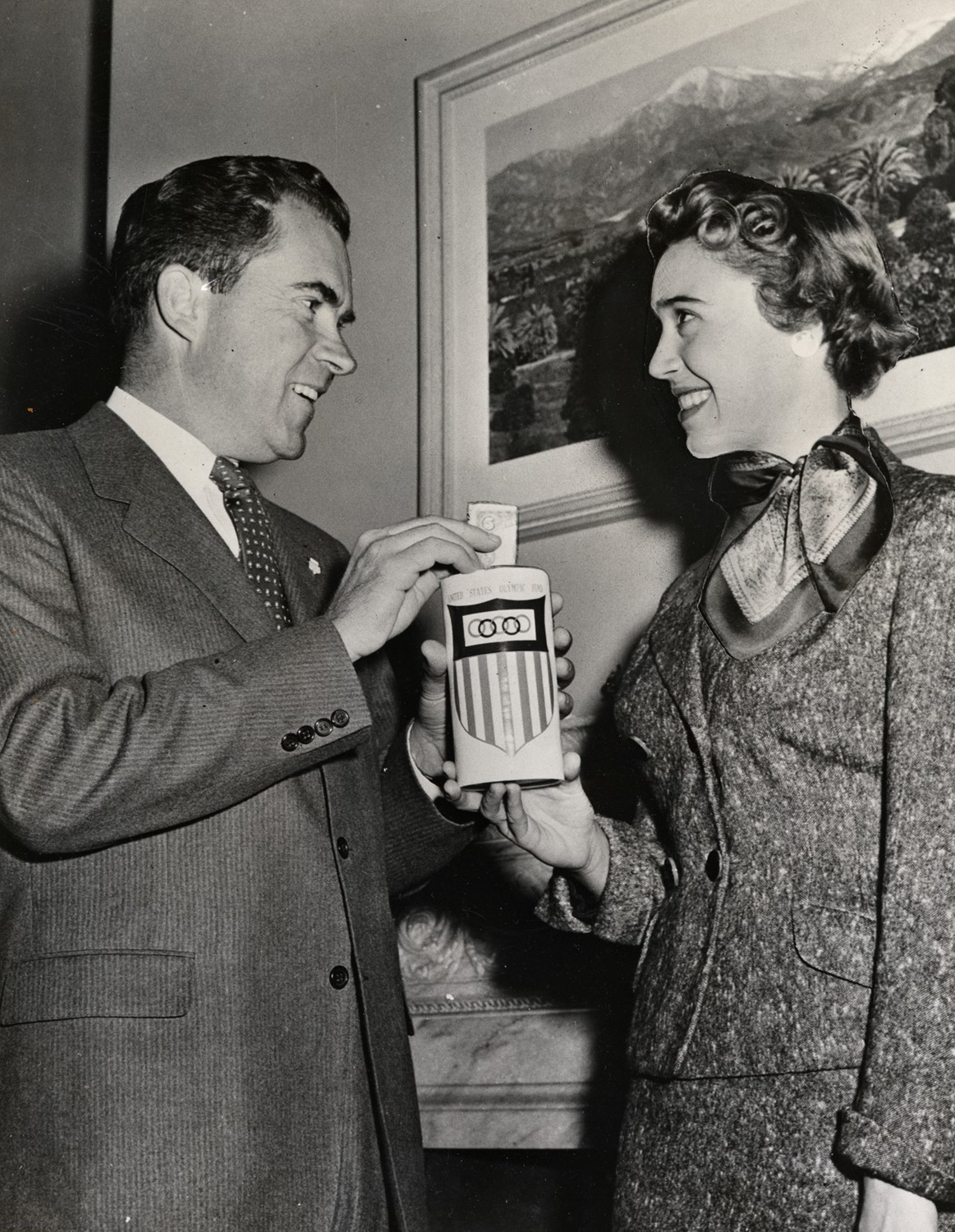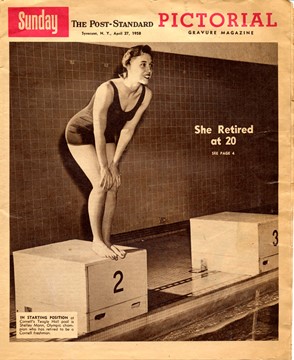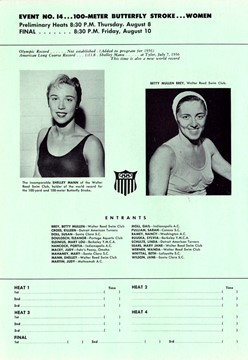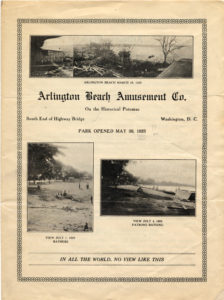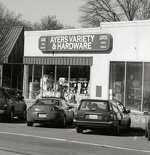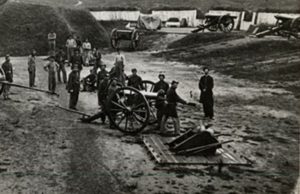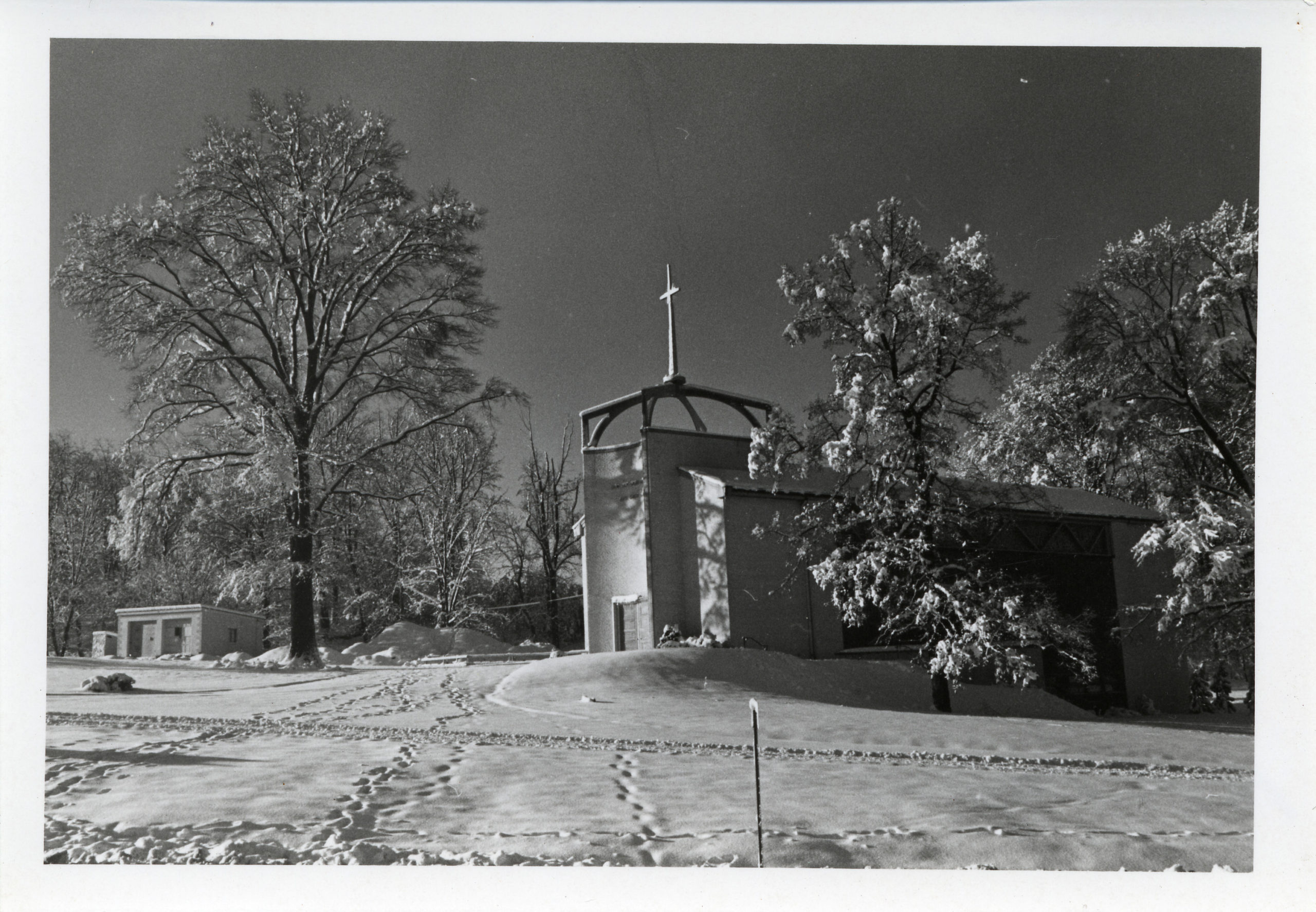
Presbyterian Church of the Covenant on Military Road, date unknown.
Excerpt from our Oral History with Clyde Shepard
Interviewer: What did the kids do around wintertime? Did you sleigh ride like we do now?
Narrator: Yes, in the wintertime, that’s exactly what we did. We’d stayed on that Glencarlyn hill down there where the Seven Eleven is. We call that the County Hill. Of course, you only had a car come by there occasionally. When I was very young, the cars would only come by every fifteen minutes, one car. It was a very dangerous thing we did, you want to talk about some of the things we did. I’ll say this, we used to catch on the back of the bus when he’d slow down and hit the tracks down there and we’d get a free ride, you know, we had gloves on, and we’d be on our bellies on the sleigh, right, and then we’d catch the bus and he’d pull us up and we’d slide back down and wait for the next car or bus. That’s one thing we did all winter long. We’d get a big fire on the top of the hill, there’s plenty of wood around. A big old barrel we had down there and we’d start a fire, we spent the winter nights, it seemed like to the winters were more severe back when I was a child. We had snow all winter long. Seems that way to me.
